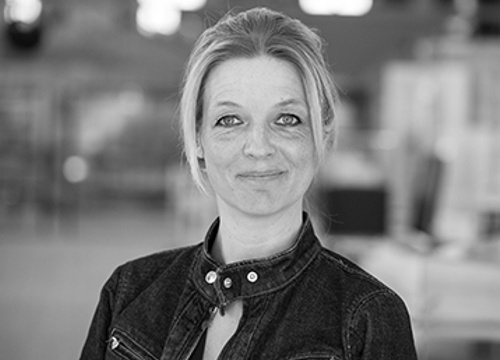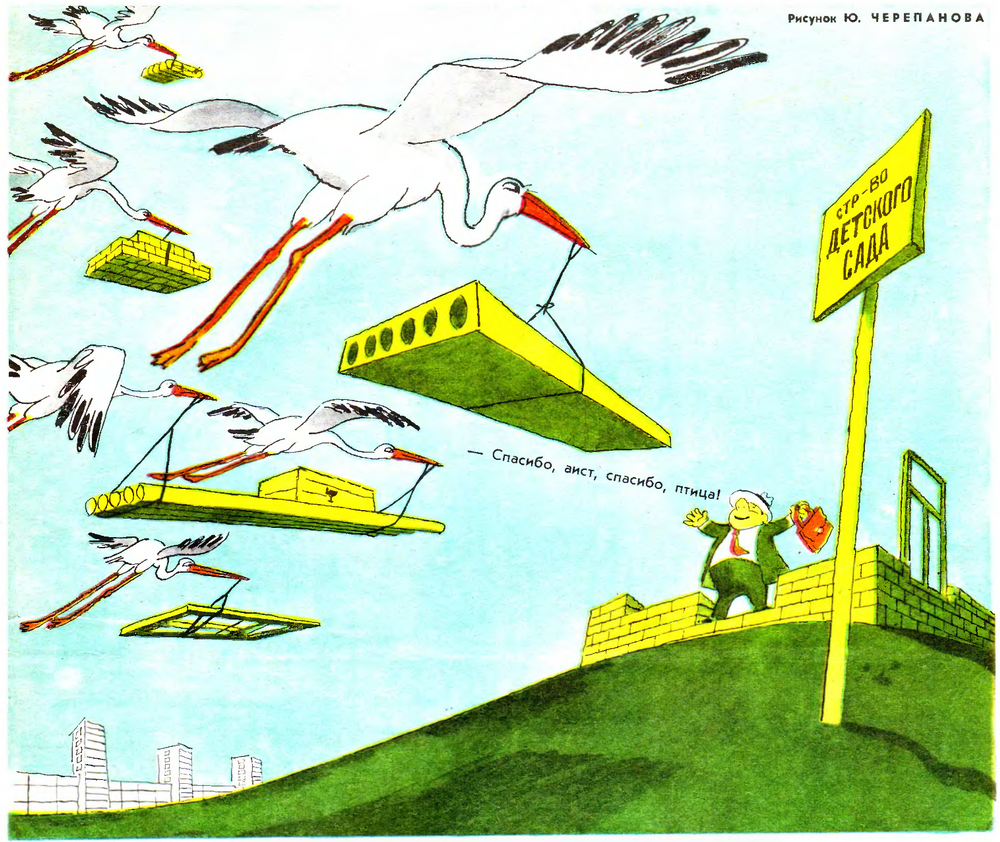Flying Panels – How Concrete Panels Changed the World
 Flying Panels - How Concrete Panels Changed the World.
Flying Panels - How Concrete Panels Changed the World.October 18, 2019 – March 1, 2020
Millions of square metres of living space have been built with prefabricated concrete panels. In ArkDes’s new exhibition, curated by Pedro Ignacio Alonso and Hugo Palmarola and designed by Note Design Studio, models and material as posters, paintings, films, toys, cartoons and opera sets are gathered to reflect on how concrete panels influenced culture for the construction of a new society, both in Sweden and internationally. The exhibition tells the story of a time when flying concrete panels became a symbol of the future, both in politics and in art, and embodied the dream of a better world, from the second half of the twentieth century to the present day. In connection with the exhibition opening, ArkDes will publish a comprehensive publication with the same name. The exhibition curators received the Silver Lion award for the exhibition Monolith Controversies at the 14th Venice Architectural Biennale in 2014.
Flying Panels – How Concrete Panels Changed the World gives an account of the evolution of concrete panels, building components often derided as a dull face of our cities. But in the optimistic post-war period, concrete panels would build the future, cure the housing shortage and raise living standards for millions of people. Prefabricated concrete panels were at the heart of construction systems that spread to over 70 countries following the Second World War. The systems were further developed and adapted to local needs and circumstances in the different countries, with the new technique providing almost endless scope for variation.

Sune Sundahl Installation of large-concrete panels in residential buildings, 1967–1968 Photo ArkDes Collections
“Alongside air travel, the space programme and nuclear power, concrete panels were once considered to be an innovation that would help bring about a new, rational future for society and the world. In the second half of the 20th century, heroic images of concrete panels soaring across the sky began to emerge in popular culture,” say curators Pedro Ignacio Alonso and Hugo Palmarola.
“Thanks, cranes!" Written on the yellow banner: "Work for the kindergarten." Yu Cherepanov, Crocodile, No. 24, 1969, Soviet Union
Images of flying concrete panels were frequent in the 1950s and ’60s. The exhibition illustrates the cultural impact and dissemination of the panels through examples of posters, paintings, films, toys, cartoons and even an opera set. Focal points of the exhibition are a suspended 1:5-scale model of one of the most representative concrete panel systems, and 60 models of panel systems from six continents.
“The exhibition is about one of the most mass-produced objects in design history and brings together a staggering and exciting collection of objects to help us understand the concrete panel and through it, the modern world. Flying Panels – How Concrete Panels Changed the World uses the concrete panel as a lens through which we can see how technology, society, politics and art are interconnected. The exhibition proves that concrete panels were much more than just a convenient solution to provide a roof over the heads of the rapidly growing populations of the 20th century,” says Kieran Long, Director, ArkDes.
Exhibition credits
Curated by: Pedro Ignacio Alonso and Hugo Palmarola
Curator at ArkDes: Carlos Mínguez Carrasco
Exhibition Producer: Sofia Liljergren
Exhibition Design: Note Design Studio
Graphic Design: Brand Union
Content developer: José Hernández
Research: Michael Abrahamson. Erik Stenberg och Erik Sigge KTH, KTH Royal Institute of Technology, School of Architecture.
Exhibition Team: Daniel Golling, Markus Eberle, Tina Helmersson Landgren, Stefan Mossfeldt, Halla Sigurdardottir, Sandra Nolgren, Maria Östman, Elisabet Schön, Frida Melin, Lena Biörnstad Wranne, Eva-Lisa Saksi, Madeléne Beckman.
About ArkDes
ArkDes is Sweden’s national centre for architecture and design. It is a museum, a study centre and an arena for debate and discussion about the future of architecture, design and citizenship.
Contacts

Maria Östman
- maria.ostman@arkdes.se
- +46 73 273 36 00

